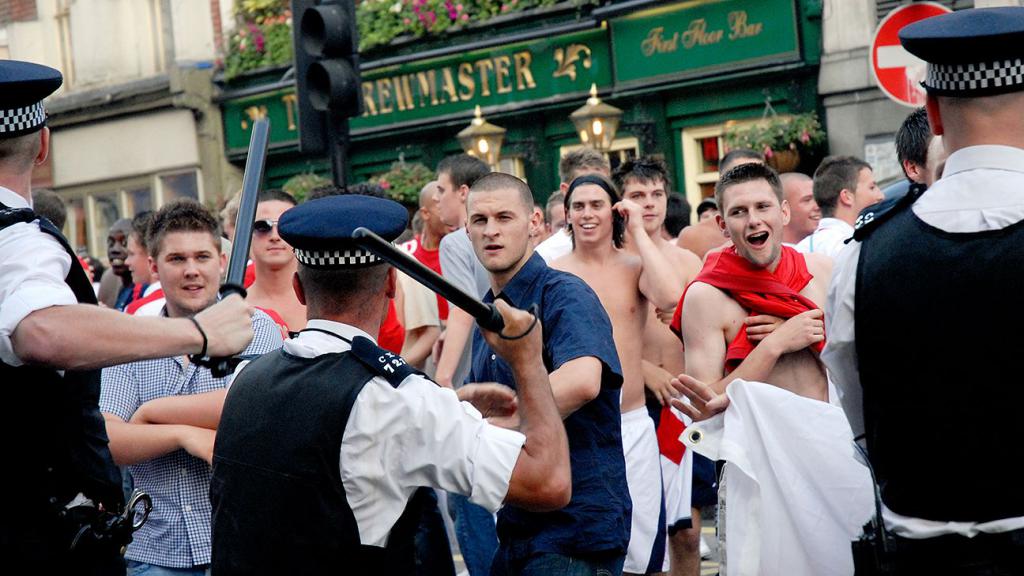Despite the fact that at first glance it seems that the concepts of hooliganism and crimes committed from hooligan motives are one and the same, these two terms have a completely different nature. However, in order to understand their dichotomy, one should delve into their nature in order to understand what exactly prompts a person to commit crimes of this kind in general. About what directly constitute hooligan motives under the Criminal Code of the Russian Federation, and will be described in this article.
Modern tendencies
Every year an increasing number of crimes are violent. That is why for many years, crimes committed out of hooligan motives have been the main focus of the police, being one of the most difficult for normal qualifications. First of all, they differ in that they can be performed anywhere: on the street, in the domestic sphere, even in the family. Places where conflicts can break out between people can become places where a crime committed out of hooligan motives occurred. Similar trends are becoming more common.
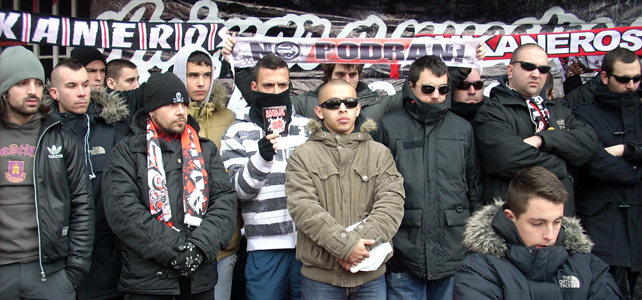
However, there is another feature that can ruin the picture of such crimes. Quite often, it is simply not clear whether these are hooligan motives or not, since there may be no conflict. In such cases, the elements of the case must be compiled according to how the attacker perceives a person or group of people. All this greatly interferes with law enforcement agencies to find out whether there really was such a qualifying symptom or not.
Criminal law
At the moment, hooligan motives in the Criminal Code of the Russian Federation most often act only as one of the qualifying signs. They are aimed at toughening the punishment for the crime, because the attack occurs with a markedly increased public danger.
However, it is at this stage that new difficulties arise. In practice, no explanation has been given on what exactly should be understood as deliberate hooligan motives. It’s not even determined what motives can lead to the commission of such crimes. That is why criminologists have recently been trying to understand what exactly to perceive and what is the meaning, to invest in this term.
Concept of motivation
Before proceeding directly to the understanding that these are hooligan motives, it is necessary to determine what the legislator invests directly in the concept of motivation. At the moment, the word "induce" refers to the inclination of a person to something. However, the word “motivation” takes on a slightly different connotation - this is the person’s intention to do something, to want to do it. As you can see, the acting force here is completely different.
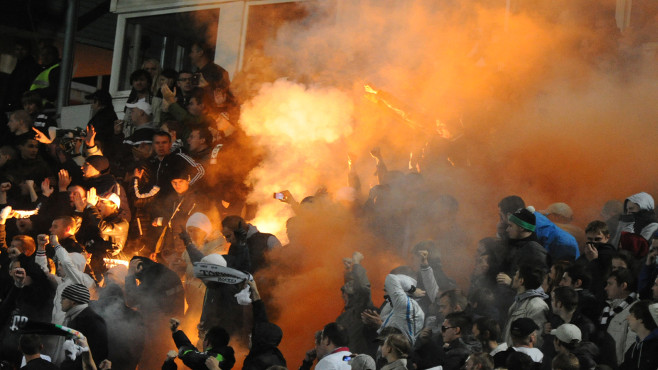
In the final analysis, often enough, motivation causes a person to become active in order to fulfill a certain need. And here in the future it all depends on the motive. However, in this case, the motive here does not at all act as a mental image or material object that forces a person to commit a crime committed out of hooligan motives, but rather as to his behavior, that is, for the sake of which a person begins to realize it at all.
It does not matter if a person can independently understand the meaning of his behavior, or whether he remains completely unconscious. Such crimes were committed even when the criminal in general had all the meaning slipped out of consciousness.Manipulating such a level of mental state is very difficult, so many judges and investigators, in cases where they simply can not understand the motive for the crime, say that this is done out of hooligan motives. All this suggests that even practitioners cannot say what exactly lies under this term. Everything that cannot be understood and precisely qualified is simply invested in it.
History reference
In order to understand the history of the formation of this term, it is necessary, first of all, to relate the concepts of “hooliganism” and “hooligan motives”. Hooliganism at the moment is a completely separate crime, which is punishable under article 213 of the Criminal Code of the Russian Federation. However, for the first time, it was enshrined in law in 1922, giving it a definition.
Over the next years, the introduced concept was modified until it was founded in its current meaning. The concept of crimes from hooligan motives appeared a little later, but for a long time it was used exclusively in judicial practice. Officially, it has not been used in the laws for a long time, since the final definition, which could be universally understood, simply could not be developed.
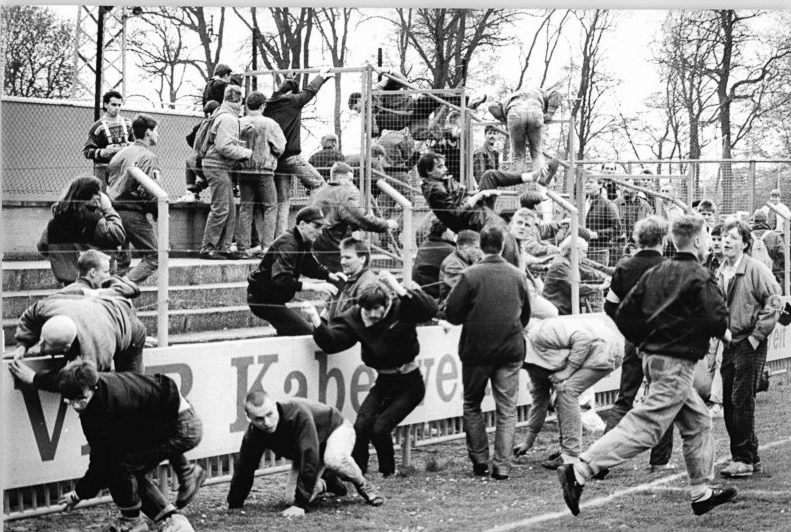
The first attempts to substantiate the concept of hooligan motives in the Plenum of the Supreme Court appeared in 1925 and applied exclusively to one crime - murder. It was believed that the motive for such crimes included jealousy, self-interest, or other base motives.
It was not until 1960 that an attempt was made to include the term in an article on homicide as a qualifying attribute. So killing from hooligan motives was considered the most serious crime against a person’s personality.
In subsequent years, it was hooligan motives that became the hallmark that defined the boundary between the concept of hooliganism and crimes directed against the person. That is how the subjective side of hooliganism itself was laid for the first time in the concept of this term.
The concept
Crimes committed out of hooligan motives are crimes that are initially committed on the basis of disrespect for society and moral standards that are universally accepted in it. The person guilty of this act challenges the society, wanting to oppose himself to the whole world, and also to demonstrate complete disrespect for the world around him. The motives for such crimes are almost impossible to understand, because often they are very deeply hidden in biological instincts, such as the confirmation of one’s identity or game.
There are relatively few such crimes, all in the Plenum of the Supreme Court of 2007 there are 9 of their varieties: from murder to hooliganism. They are considered serious precisely because the absence of a visible reason makes one think that death or harm to health was caused without committing any motive. However, if experienced psychologists later look at such matters, then often they can highlight a rather complex and deep motive. It simultaneously includes the unlimited egoism of the guilty person, his distorted concepts of his personality and its borders, the cult of brute force reigning among the people, and therefore the desire to experience his own, as well as the attacks of unlimited, but short-term anger.
Character traits
All crimes from hooligan motives, regardless of their internal content, have three characteristic features, which to one degree or another can be identified in such nuances:
- They are always sudden and fast enough.
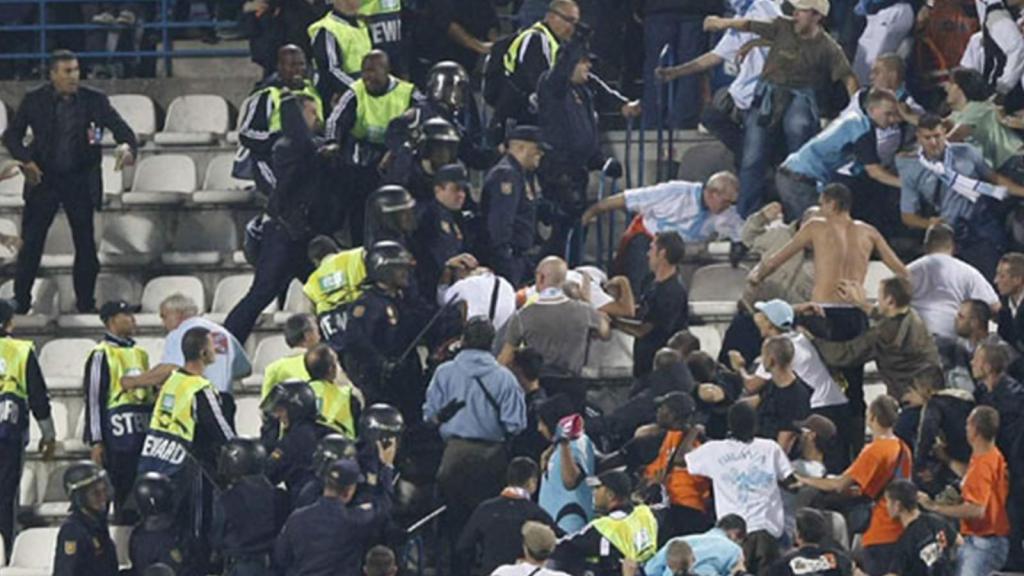
- The reason for the crime is either impossible to determine at all, or it is so small that it is simply not commensurate with the consequences. That is why often such criminals are called inadequate people.
- The motivation for the actions of the guilty person is quite lightweight.He perfectly understands that he commits a socially dangerous act, even consequences, but cannot completely stop his feelings and use willpower to prevent it.
Arbitrage practice
There is a huge amount of judicial practice in cases of hooligan motives with Art. 213 of the Criminal Code as one of the signs. Moreover, one cannot fail to say that they were all correctly qualified. The misunderstanding of the investigator and the judges of the psychology of a person and an individual (namely, the guilty person) leads to the fact that they simply cannot understand his motives, which seem completely natural to him.
Hooligan motives at their initial level are quite different from standard ones. Even in crimes, they can often be simply ridiculous or absurd, which gives reason to think that there is simply no motive. However, at the deepest level it is always there - opposing oneself to society, drunken boldness, manifestation of brute force or cruelty, neglect of moral standards. All this is the same viable motives that simply remain incomprehensible to many people. The need to prove oneself in some way, not even in the eyes of other people, but in their own. All this in no case can not be discounted.
Hooligan Murder
It is precisely such a murder that is considered one of the most serious crimes, since at its core it does not even mean depriving another person of his life, but an act of act that is committed on the basis of hatred of the whole world and society in which the criminal directly lives. Initially, this is a contrast with the existing norms of law and morality, an open challenge to the criminal for the whole world, which says that for him even human life does not bear any value.

Quite a lot of murders are committed annually without any good reason, the main half of them are intoxicated, when even the smallest reason can lead to the murder. A simple remark, a push, a smirk - everything that simply would not have been noticed earlier can become a motive. That is why, before a person is convicted using this qualifying attribute, a thorough analysis of all the materials of the case is carried out to find out exactly how the crime was committed. For example, if it turns out that it was the victim who attacked the first during the conflict, then they will no longer be able to judge the killer using hooligan motives.
Damage to property
Another “interesting” type of crime is property damage from hooligan motives. In order for a person to be convicted using such a measure, a preliminary consideration of the following points is required:
- An act that directly led to the property of another person being damaged or completely destroyed.
- There are consequences of a committed act, and it was unlawful.
- The presence of motives that led to the fact that the offender destroyed the property of another person.
It is here that the difference in what hooliganism and hooligan motives mean is most pronounced. For example, if a thing is completely destroyed, and it is impossible to restore it, then most likely the criminal will be charged with hooliganism, and therefore they will be judged by this article. However, if it turns out that the thing is only damaged and, if necessary, can be restored, then this will be considered hooligan motives.
Such cases may also have consequences that must be considered in court. These include:
- Causing serious harm to human health due to unlawful actions.
- As a result of hooligan actions, the injured person lost his home or lost his means of subsistence.
- Due to the ensuing consequences, the enterprise or other work stopped its activity.
- As a result of the actions taken, a large number of people lost their electricity, heating, gas or water supply.
Types of Criminals
Some time ago, a number of scientists put forward a special classification of people who committed crimes out of hooligan motives. These usually include:
- People with unstable and violent psyche. Previously, they usually did not commit such crimes or other other criminally punishable acts, however, they carry a large number of minor offenses and actions that are considered immoral in society. Such people have an extremely unstable personality with a practically absent positive component. There are numerous bad habits that the criminal indulges and does not want to get rid of. These include alcoholism. It is they who ultimately lead to the fact that a person commits a criminal violation.
- Relapse-violent type of people that is, those who have previously been convicted of hooligan motives and have been punished. Such people initially lead an antisocial lifestyle, it is necessary for their existence. They commit new crimes with great ease, as they subsequently serve their sentences. Typically, such criminals are influenced by more dangerous representatives of the criminal world, who direct their energy in the right direction for themselves.
- The third type of such criminals are especially dangerous recidivists - These persons have already been convicted and committed violent crimes. Their personality is very deformed towards the desire to commit crimes due to social deformation. They practically have no moral culture and have a high level of legal nihilism. Such people cannot exist in society and communicate with normal people.
Conviction

Rudeness, insolence, neglect of society - all this is clearly manifested and does not go unnoticed by such crimes. That is why it is so important to normalize theory and judicial practice in this area. First of all, it should be understood that condemnation in such cases should not be made when it is not clear why a person committed a crime, but in cases where one of the signs is a gross violation of public order, violation of the law and moral standards, disrespect for other people .
Such crimes should be based on violence, which is closely associated with hooliganism. In addition, it should not be considered that if the motive is not clear to the investigator or judge, then it does not exist at all. Such criminals must be sent for a psychiatric examination so that the specialist accurately identifies whether there are hooligan motives in the actions of the perpetrators, or if they carried a completely different motive. If it was established that it is available, then it is best to use completely different articles of the Criminal Code for qualification.

Almost always hooligan motives carry violence. It can result in harm to human health or even death. Motives can be base, like revenge and jealousy, some happen even because of sadism or necrophilia. Quite often, it is simply impossible to identify them with another person, even the offender may not be fully aware of them, but they always exist. Just locked very deep. But in practice, now everything that can’t be understood refers either to the concept of hooliganism or hooligan motives.
Conclusion
At the moment, one must not underestimate the relevance of the topic of hooligan motives, since this term has been considered quite controversial for many years among various interpreters. It is almost impossible to understand because of the complexity, therefore, in judicial practice, there is so much misunderstanding of the situation.
This type of crime can be safely separated from the rest, since this activity is very specific. That is why it is so important to organize activities for the prevention of crimes committed out of hooligan motives. This will help prevent their further development, and also help create a special form of social and legal regulation.
For this, the first thing to do is highlight a special group of people who constantly lead an antisocial lifestyle and tend to commit hooligan actions. It is on them that early prevention should be directed, which will help to prevent hooliganism at any stage of its appearance. However, at the moment in the Russian Federation practically no measures are being taken in this area, since the theoretical basis of this issue is practically absent.
